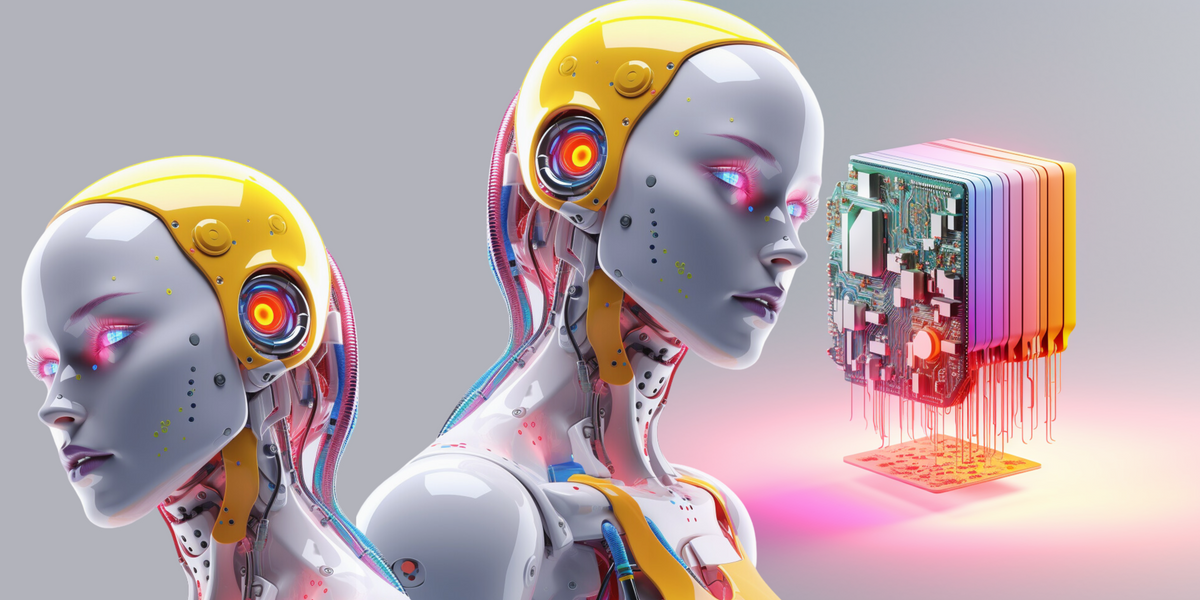Intel's Fashionably Late Entrance: Playing Catch-Up in the Chip Competition

Microsoft and Google are in an exciting competition to develop bigger, meaner AI systems. That's not the only battle taking place. AMD, Intel, and Nvidia are battling out for supremacy to power the AI revolution with matching processors.
Intel's Gamble on Decoupled Architecture
The chief chip manufacturers are just now unveiling their top-performing XPU architectures for supercomputers. Intel announced they will be a year late to what is probably the most relevant race in the industry. At the same ISC 2023 Conference in Hamburg, Nvidia presented their Superchips, Grace and Grace Hopper, and AMD is expected to showcase Instinct MI300.
This is an unexpected twist for the roadmap of Falcon Shorese chips. Initially, Intel planned to combine GPU and CPU cores in a cutting-edge XPU architecture for high-performance computing. However, they decided to shift gears and are coming out with a dedicated GPU. This move means Intel will be delaying the release of their chips until 2025. It also puts them well behind competitors AMD's Instinct MI300 and Nvidia's Grace Hopper, both of which came out with blends of CPU and GPU components.
“My prior push, and emphasis around integrating CPU and GPU into an XPU was premature. And the reason is, we feel like we are in a much more dynamic market than we thought even just a year ago,” said Jeff McVeigh, corporate vice president and general manager of the Super Compute Group at Intel, during a press briefing.
It turns out that the adoption of generative AI and LLMs is on a hot rise. By decoupling the CPU and GPU, Intel can offer customers a wider range of options to match their diverse workloads. Integrating CPUs and GPUs might bring cost savings and power efficiency, but it also limits customers to specific suppliers and configurations.
"While we aspire to have the best CPU and the best GPU in the market, it was hard to say that one vendor at one time was going to have the best combination of those," McVeigh told Reuters. "If you have discrete offerings, that allows you at the platform level to choose both between the ratio as well as the vendors."
What Is the Setback on Chip Manufacturing?
According to Reuters, McVeigh said the company needs time to rework their chips, after giving up their prior strategy of combining the GPU and CPU.
Intel faced multiple setbacks in launching their 4th Generation Xeon processors, Saphire Rapids, Sapphire Rapids HBM, and Ponte Vecchio. They were originally intended for a 2021 release. The plan encountered four delays in the span of two years. It caused a lot of frustration, especially in the server market. Intel has a 70% share of the market, where the delays were a serious disruption.
Falcon Shores is a direct descendant of Ponte Vecchio, dedicated to the AI clients. They are based on the Gaudi family of processors developed by Habana Labs and are specifically designed for AI workloads. Their architecture is specifically optimized for deep learning: scalar vector and tensor cores are there to accelerate neural network computations. Such specialized architectures enable the processors to perform AI tasks like image and speech recognition, natural language processing, and recommendation systems.
The processors include standard Ethernet switching HBM3 memory and IO at scale.
By the time Falcon Shores is out, Gaudi processors will already be in version 3.
